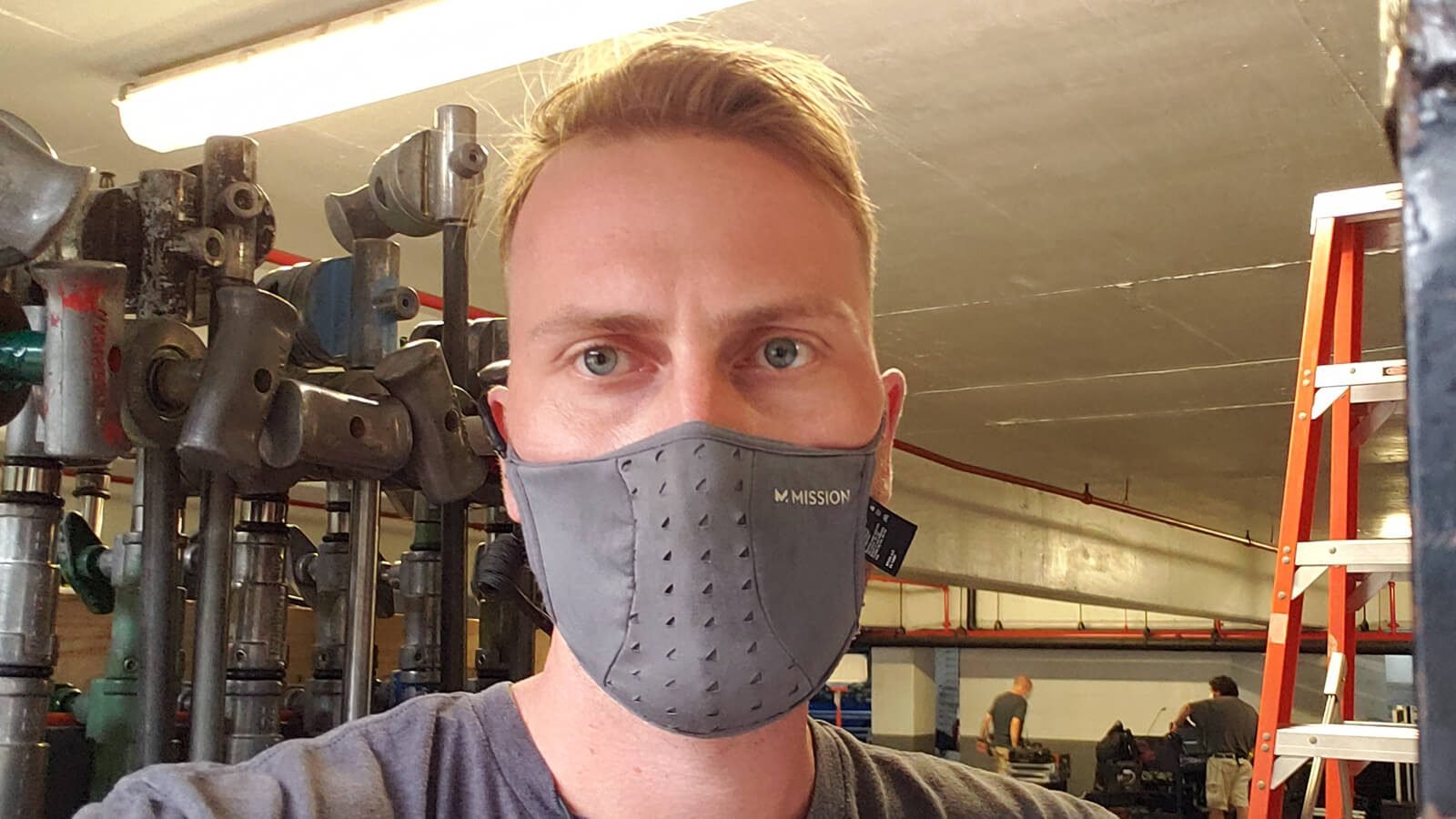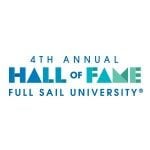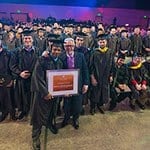Full Sail Stories
Published Mar 26, 2021
This Film Grad Has Worked on 16 Sets in Four Years
Aaron Welch has been a grip on productions like WandaVision and Hawkeye since his Full Sail graduation.

The adrenaline rush is Aaron Welch's favorite part of working on movie sets: "I like to thrive on the quick, hard moments. You take a breath [afterwards] and realize, damn, I just did that. That's pretty cool," he says.
Aaron's had plenty of moments like that over the last few years. He's helped illuminate fan favorites as a grip on productions like Ant-Man and the Wasp and WandaVision, and he saw some of the upcoming The Suicide Squad's most exciting scenes as a rigging grip with the film's first unit. His experiences in Full Sail's Film program gave Aaron the confidence he needed to excel in high-pressure roles on set.
Grips are some of the unsung heroes of film and TV productions. They help build lighting structures, like platforms, scaffolding, or light boxes. They're also responsible for the on-set safety of those structures during filming. Rigging grips place and move lights during filming – they might pull lights 100 feet in the air to illuminate an actor from above or fasten a camera to the side of a car window during a driving scene. Key grips supervise all of a production's grip crews and report to the director of photography.
Aaron's workdays vary from production to production. He always loads and unloads gear, builds frames, and solves lighting issues (like setting up black cloths to create a heavy contrast), but every key grip runs their crew their own way. The funding for indie productions versus union productions also makes a big difference.
"Indie shoots are more run-and-gun, whatever you have on hand, use it and find a way for it to work," he says. "Whereas a union shoot, you have every single piece of gear you can imagine at your fingertips. It's more contained than in an indie shoot."
Aaron's wide range of on-set work is starting to pay off. He recently scored his first Key Grip job on an HBO documentary about the Black Lives Matter movement, and he was in charge of several lighting needs on Marvel's upcoming Hawkeye.
"When I'm on my set or a stage that I'm in charge of, I'll get a blueprint, and then it's up to me to order all the parts and pieces that are needed to do it. And then I'll assemble a team to build everything and put it up at the proper spot and dial everything to a T," Aaron explains.
Reaching out to people he met at Full Sail or on set helped Aaron get a foot in the film industry door. He's worked on 16 productions over the last four years, and he's never had to go through his union. He thinks that networking can help more Full Sail grads find work on set and improve their performance once they arrive.
"Don't be afraid to reach out to people. My first few projects, I was a complete stress ball, worried that I was going to fail. But I asked questions, and the more questions I asked, the better I got. And now, I'm to the point where everybody's asking me how to do certain stuff. So never be afraid to ask questions."



